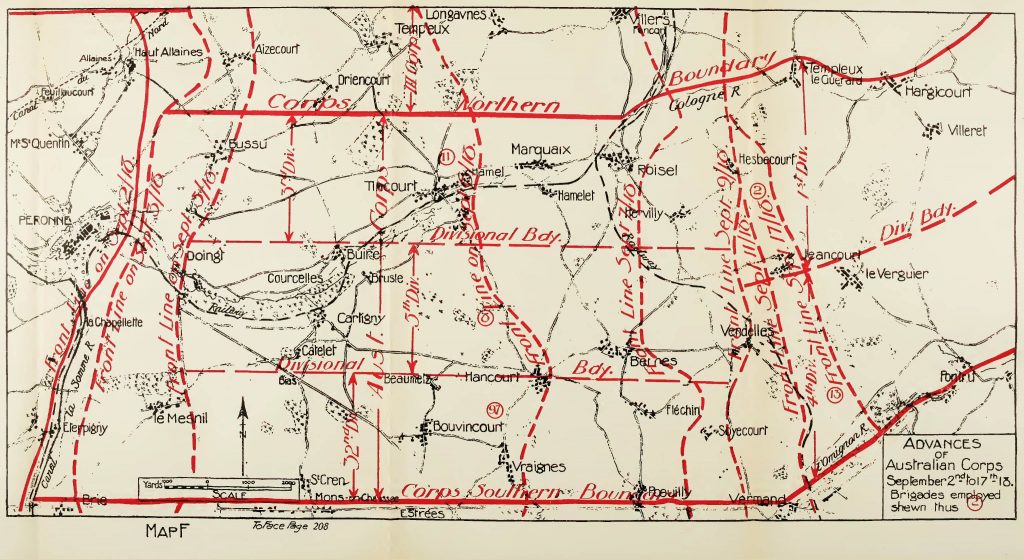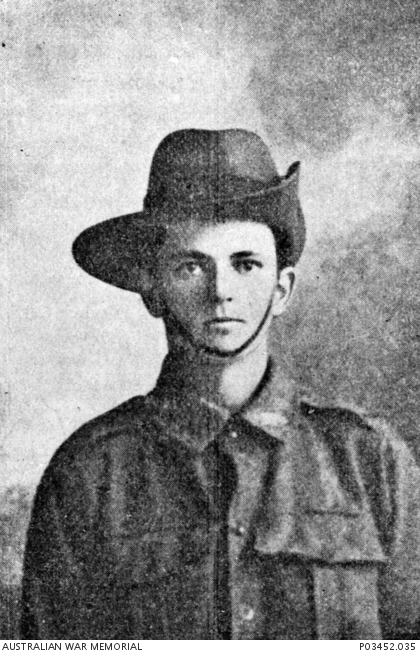When Leonidas Lee signed up in 1917 the Battle of Ypres was in full fury in Belgium and about 38,000 Australian casualties were to occur before the offensive spluttered to a stop in the Flanders mud. Reinforcements in the last year of the war were desperately needed and the men who volunteered had clear knowledge of what awaited them in Europe: they had seen the casualty lists. Blessed with the name of one of history’s greatest military heroes (Leonidas was the king-general of the 300 Spartans who died at Thermopylae in 480 BC, featured in movies and any book ever written about ancient Greece), Leonidas Lee, like the Spartans, was a farmer and soldier. He was born at Temuka, Canterbury, New Zealand, in July 1895 and came to Australia in 1908 when his family took up a farm at Brookstead, via Pittsworth. He attended schools in New Zealand and at Pampas on the Downs before he finished his education at the Toowoomba Grammar School.
Leonidas, no doubt known as Leo, was the son of Joseph and Annie Elizabeth Lee, of Brookstead. He was single and 22 years old when he volunteered, giving his occupation as farm labourer. He was 5’9” tall and weighed 150 pounds, with a medium complexion, brown eyes and dark brown hair, and was of the Church of England religion. Leo enlisted in Toowoomba on 12 September 1917. In early November he was given embarkation leave; was posted to the 25th Battalion and sailed from Sydney on the SS Canberra on 16 November. At the end of his embarkation leave his parents and girlfriend at Brookstead saw him for the last time. The voyage to England took 75 days, with stops and changes at Suez, Port Said and Taranto, Italy, before he reached Southampton at the end of January 1918.
Training in England occupied the next two months for the reinforcements. Leo proceeded overseas to France a few days after the AIF had re-captured the village of Villers-Bretonneux on ANZAC Day 1918, one of its most illustrious feats of the war. His cousin Walter (3656A 52nd Batt.) died in this battle. Leo joined the 25th, in the field, on 8 May. There were many battles still to come.
In the last months of his life Leo was caught up in almost continuous fighting. Within days of his arrival there was trench raiding (“peaceful penetration”) and in early June the battalion attacked at Morlancourt – a successful “stunt” that cost about 50 dead and over 140 wounded. On 4 July they went forward again in the famous successful demonstration of Monash’s limited-offensive tactics at Le Hamel. On 16 July they attacked again and lost heavily. On 8 August they took part in the major attack east of Amiens, Germany’s “Black Day”. On each occasion they drove the Germans back, but losses steadily mounted. The German army was in retreat but not broken; the chances of survival dwindled with each engagement.
On 2 September the AIF made attacks at Mont St. Quentin and Peronne. The success here ranks as another of the great achievements of the AIF in the War. But on this day, Leo Lee was killed in action. He was buried on the battlefield and a year later exhumed and re-interred in the Peronne Communal Cemetery Extension (grave III.C.37). At the same time another Toowoomba man, Sidney Farquharson (of Drayton and 26th Batt.), who died the same day, was also re-buried in the same cemetery.
Leonidas had spent almost a year in the army and seen more fighting than many soldiers saw in the entire war. His parents received some effects from his kitbag, medals and the commemorative symbols issued by the government. He died soon after his twenty-third birthday. A young woman at Brookstead wrote to the army asking if her letters to him could be returned or destroyed. His younger brother Sidney also served, was wounded and survived, in addition to cousin Walter who died.
Toowoomba Grammar School Records state that he started at the school on 22nd September 1911 and left on 16th December 1911. The School Magazine of November 1918 states, ‘LEE, LEONIDAS-Eldest son of Jos. Lee, of Brookstead, Pittsworth-at School 1911. Killed in action in France, September 4th, 1918.’
External Links
Australian National Archives Military Records
AWM4 AIF unit war diaries 23/42/25 25th BN Sept 1918
Australian War Memorial Honour Roll
Australian Red Cross Society Wounded and Missing

Photograph by Ann Hallam

25th Battalion before an Allied advance at Le Hamel, France, 1918

Battle Lines near Peronne in 1918




